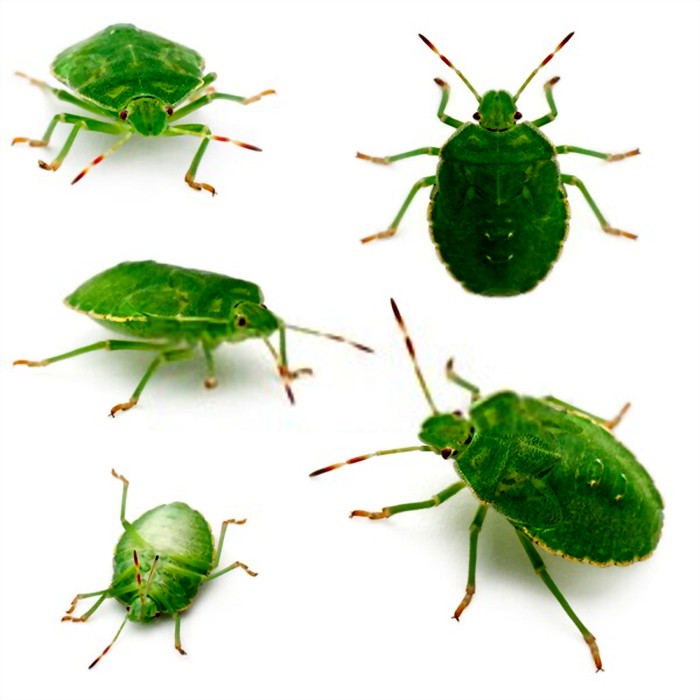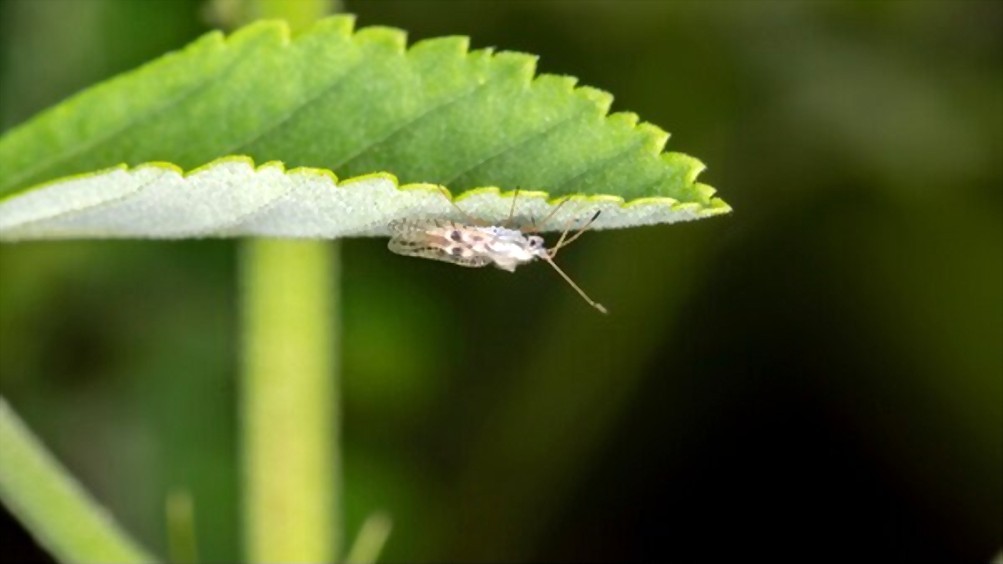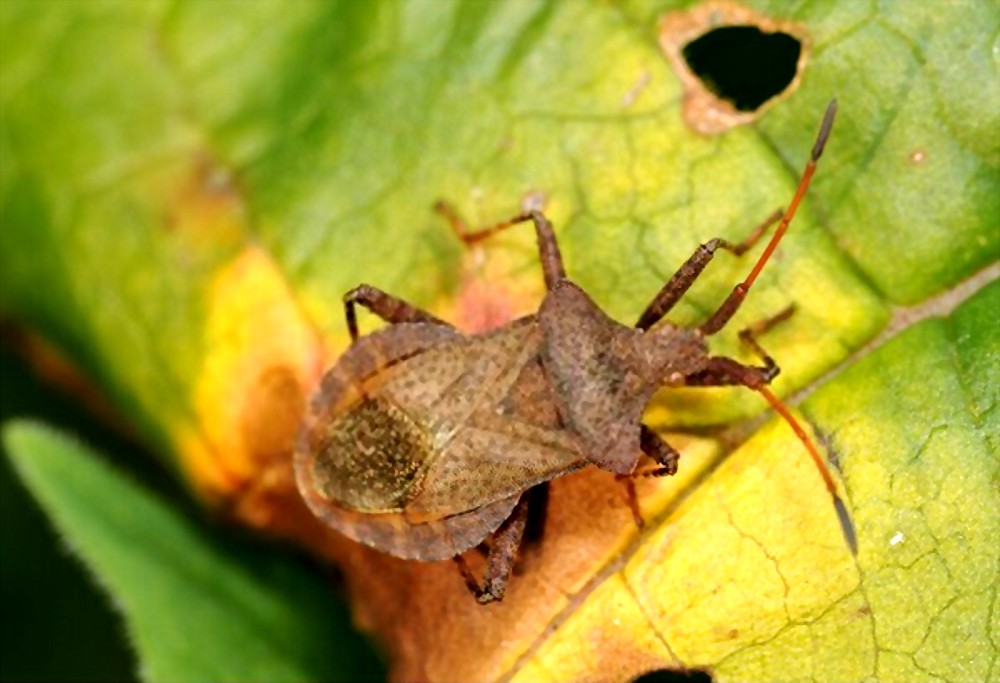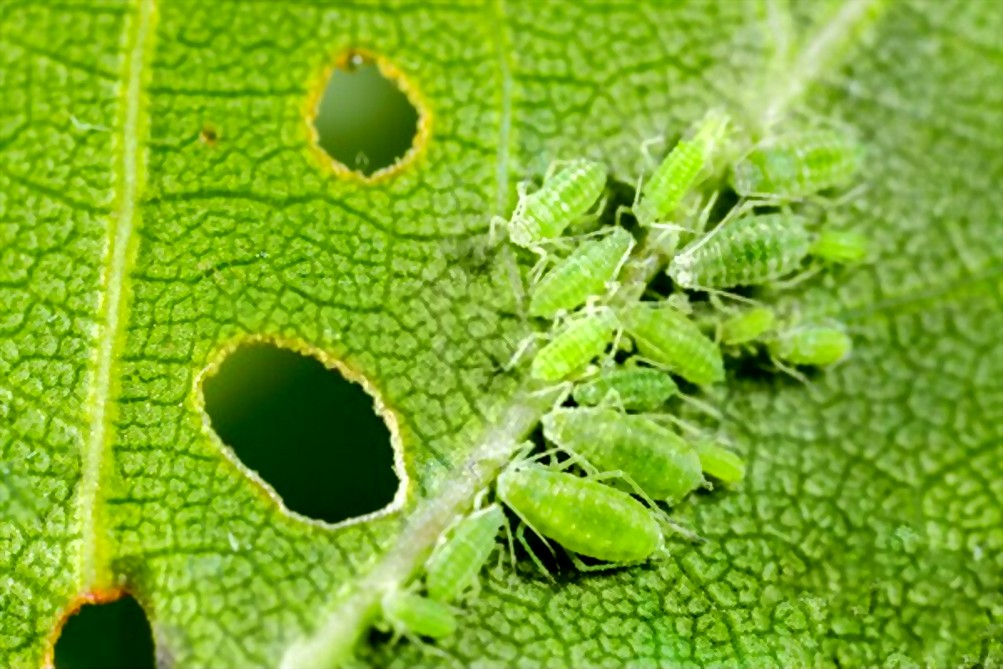[ad_1]

It is not superior information if you see very small black eggs on plant leaves, as they can signify incoming insect damage. We are speaking about eggs of compact sizing in black shade. Maybe they belong to squash bugs, aphids, lace bugs, or protect bugs. The dimension of the eggs is small. You will usually see eggs in .4 inches, which are quite really hard to know. Eggs will develop in clusters or rows. Some eggs appear striped in plastic-like cups. According to Cornell University’s research, no far more than 1 per cent of common insects in the backyard garden are ruined.
Small black eggs on plant leaves are mainly from some forms of bugs. In this article is the record of insects whose eggs you frequently see on leaves.
Protect Bugs
 Defend bugs, or we can phone them stink bugs, are bugs that lay eggs in black or reddish colour. The area they normally pick to lay eggs is a fringe around the leading. The selection of eggs at just one time is from 20 to 30 eggs. Let’s obtain out some information about this form of insect.
Defend bugs, or we can phone them stink bugs, are bugs that lay eggs in black or reddish colour. The area they normally pick to lay eggs is a fringe around the leading. The selection of eggs at just one time is from 20 to 30 eggs. Let’s obtain out some information about this form of insect.
‘Shield bugs try to eat sawflies, moths, beetles, and weevil species that damage harvest and ornamental vegetation. They are excellent bugs due to the fact they are effective. Defend bugs have four wings with a substantial, triangular, inexperienced, or brown plate on the back. You can differentiate some species by seeing brightly coloured marks on the shields.
Procedure: BioNeem can disrupt the mating and feeding approach of defend bugs. You can use gloves or a thoroughly clean towel to wipe out all the eggs on the leaves to retain them nutritious. This will reduce them from laying a lot more eggs.
Lace Bugs

Adult lace bugs have a dimension of .12 to .25 inches. You see that they have mild-colored bodies and ornate, lacy wings. Lace bugs lay eggs in the spring. You will see their black eggs on leaves. Lace bugs’ seasoning is the spring.
The newly hatched nymphs have a few months to take in and mature before they become winged grownup bugs. This species life mostly on walnut trees, hawthorn, chokeberry, and chokeberry shrubs. They eat leaves, but this doesn’t influence plants much. The plant doesn’t die of lace bugs. Their enemies are woman beetles and environmentally friendly lacewings.
Treatment: Tremendous quick. You can use a sprayer to spray them off the leaves or the foliage you come across them. It’s ideal not to use pesticides/insecticides and to spray off lace bugs. We don’t need individuals chemical substances. On the other hand, you can fall a couple of woman beetles in the backyard to get rid of lace bugs.
Read through additional: Yellow Fuzzy Bugs On Squash Plants – How To Defend Your Backyard.
Squash Bugs

Squash bugs aren’t the stink bugs, whilst both equally bugs give off a scent to combat in opposition to enemies or really feel endangered. The sizing of the adult squash bug is 5/8 inches in size. They have a black or grey human body with brown and orange stripes on edge.
Squash bugs eat pumpkin and squash leaves with their piercing mouthparts. Attacked leaves will wilt, dry out and fall off. Hence, crops are impacted and weakened. Squash bugs lay eggs. At initially, eggs have a shade of dim reddish-brown. They steadily become black. Squash bugs lay eggs on the underside of leaves. You can find eggs in a v-form formation. The eggs’ coloration receives darker when they are about to hatch.
Therapy: The most all-natural way is to take out these bugs applying your gloves. Be sure to decide them up and put them all in a bottle/ can to throw them away. You can also use some gentle soap h2o to spray them off.
Browse extra: 12 Household Therapies for Cucumber Beetles – Cut Down the Problems
Aphids

Aphids are towards ladybugs, hoverflies, lacewings, and parasitic wasps. This species has a smooth overall body and chewing mouthparts. They can attack the harvest on a large scale and trigger utter devastation, primarily vegetation grown in the spring. You ought to make use of pure enemies to command the variety of aphids.
Aphids launch drops of black sticky liquid. They search like eggs of bugs. Drops attraction to sooty mildew, which can make leaves black. Ants arrive to and try to eat the drops of sugary honeydew. In the course of the warmer months, aphids birth to about five young bugs for every day.
Remedy: There are several strategies to get rid of aphids in your yard. You can either use neem oil or pesticides/insecticides. To dive further into this matter, I believe I will have an post about how to get rid of aphids in your back garden soon!
Much more important recommendations in this video:
Prevention
- You should shortly notice your backyard garden and locate little black eggs on plant leaves. The depth of eggs can give hints about hazardous insects. You have to secure your vegetation and protect against waves of insect assaults before they spread broader.
- Use pure enemies or useful insects.
- Should not use broad-spectrum pesticides that could destroy advantageous bugs and harmful types.
- Bring in insectivorous birds by hanging feeders for the duration of the months when bugs mate, lay eggs and provide nesting containers.
Last Text
The struggle which is for the peace of the yard is really intense. You must clear away the eggs of bugs right before they hatch and increase up. When they develop into grownup bugs, killing them and managing the injury is additional demanding. Halting the infestation is incredibly vital. Retain an eye on your crops!
[ad_2]
Source hyperlink
